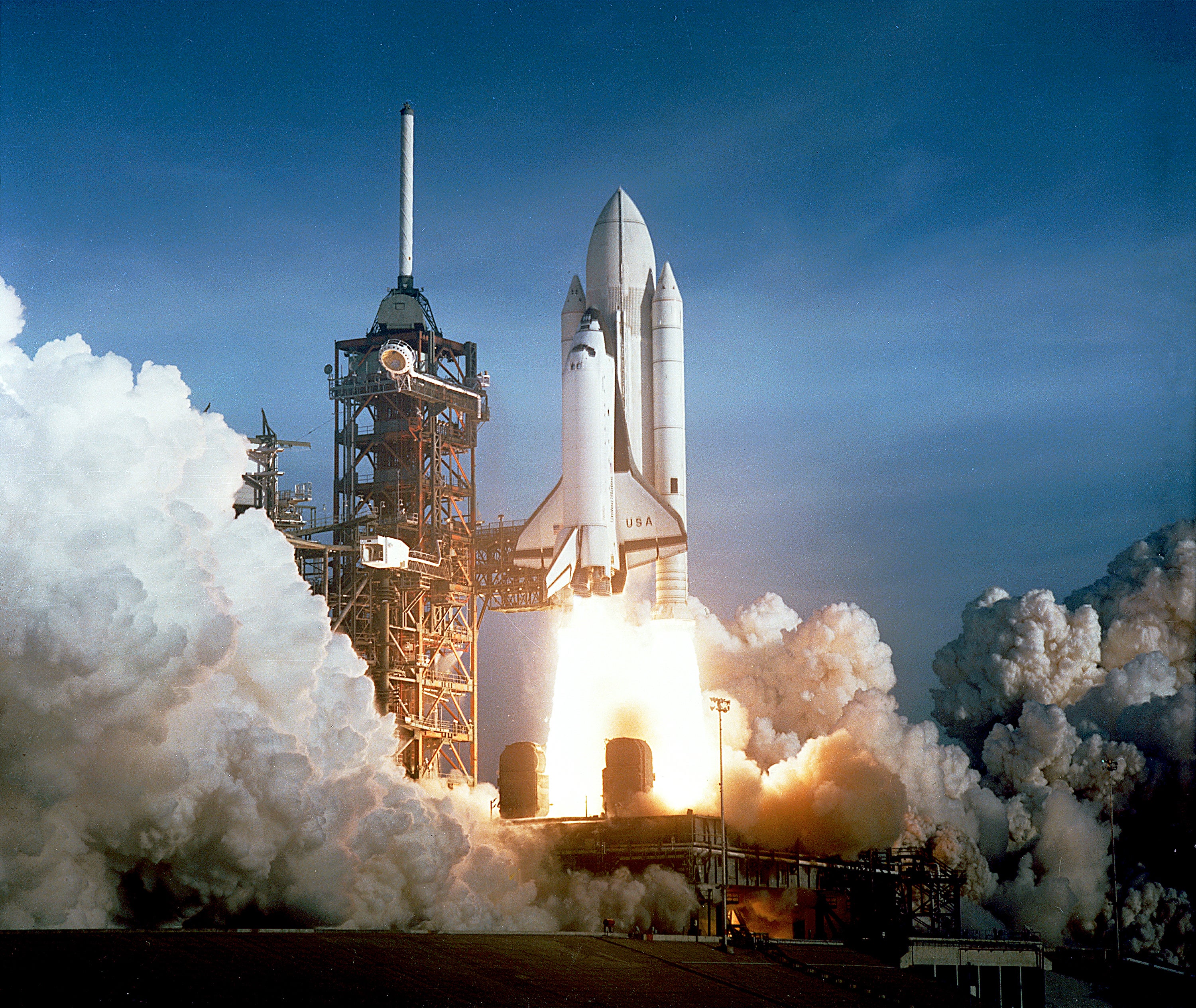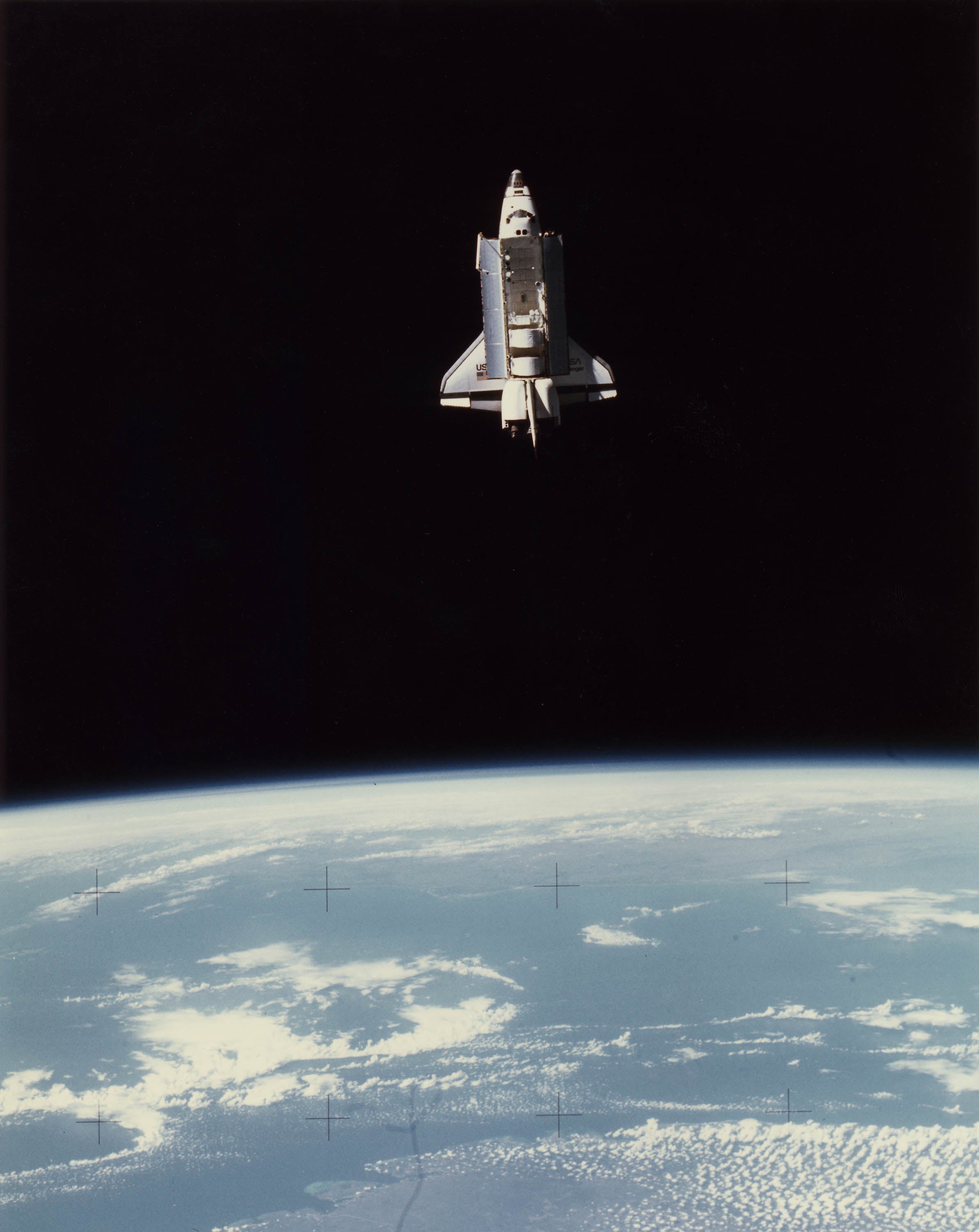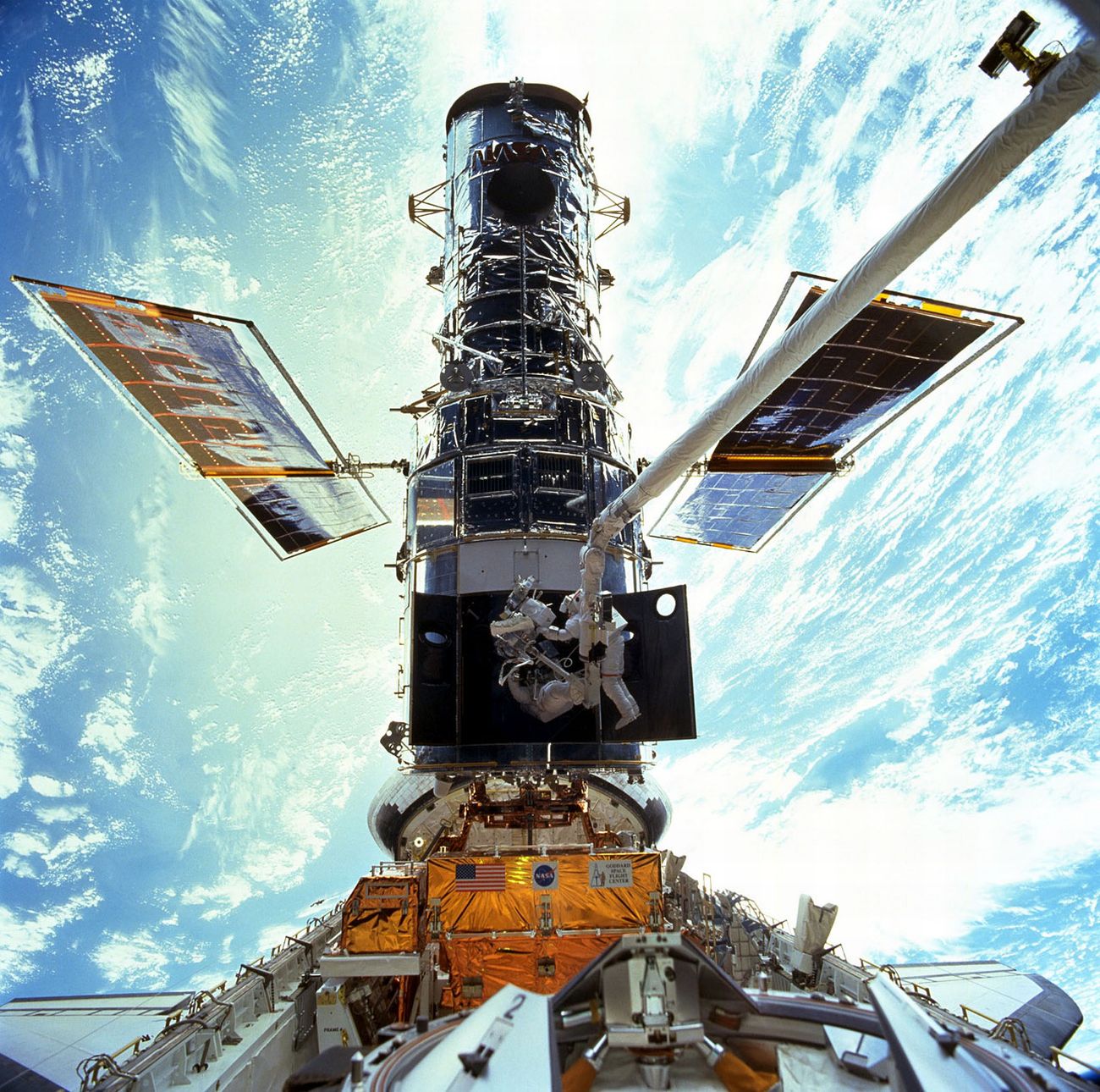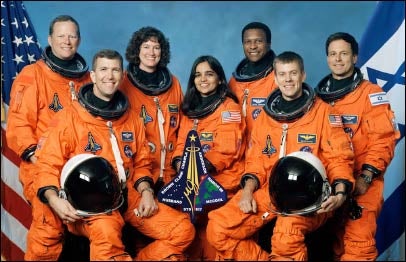 "Jayhawk Jake" (jayhawkjake)
"Jayhawk Jake" (jayhawkjake)
12/17/2013 at 14:15 • Filed to: FIRST FLIGHT TUESDAY, PLANELOPNIK
 2
2
 1
1
 "Jayhawk Jake" (jayhawkjake)
"Jayhawk Jake" (jayhawkjake)
12/17/2013 at 14:15 • Filed to: FIRST FLIGHT TUESDAY, PLANELOPNIK |  2 2
|  1 1 |
On April 12th, 1981 Cape Canaveral was awakened by the roar of rocket engines as Space Shuttle Columbia left the earths atmosphere for the first orbital test flight of the Space Transport System, mission identification STS-1

Thus began the era of reuseable space flight, ushering in a whole new world of opportunities for space based research.

The Space Shuttle represented how quickly aerospace technology progressed. Only 78 years after the Wright brothers first took to the skies, and exactly 20 years after Yuri Gregarian first flew to space, we launched a 219,000 pound airplane to 17,500 miles per hour at 150 miles above the Earth's surface. The Space Shuttle, for all it's faults and short comings, can only really be viewed as a marvelous engineering achievement. With the Space Shuttle we were able to get a new perspective on the universe thanks to missions such as the Hubble Space Telescope and conduct vital research aboard the truly enormous International Space Station.

Unfortunately, space travel isn't the safest or easiest thing to do. After completing 27 missions over the course of 22 years, Columbia was lost on reentry on February 1st, 2003. 7 crew members lost their lives in the terrible tragedy, and unfortunately the incident can be seen as a catalyst for ending the shuttle program well before the end of its operational life.

135 shuttle missions were flown, inspiring many people to pursue careers in aviation. I myself can look towards the shuttle as a major source of inspiration, I honestly wouldn't be where I am today if it wasn't for tuning in with baited breath to watch the awesome sight that was a space shuttle launch.
 Capt. Janeway's Imaginary Cat
> Jayhawk Jake
Capt. Janeway's Imaginary Cat
> Jayhawk Jake
12/18/2013 at 23:00 |
|
I still remember the crew Robert Crippen and John Young. And I also remember how the external tank for it was white. :) When Columbia disintegrated I cried just as I did when Challenger exploded; I think more so because it brought up memories of Challenger. RIP